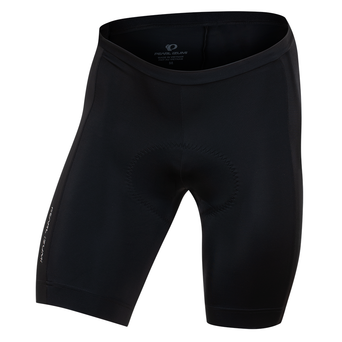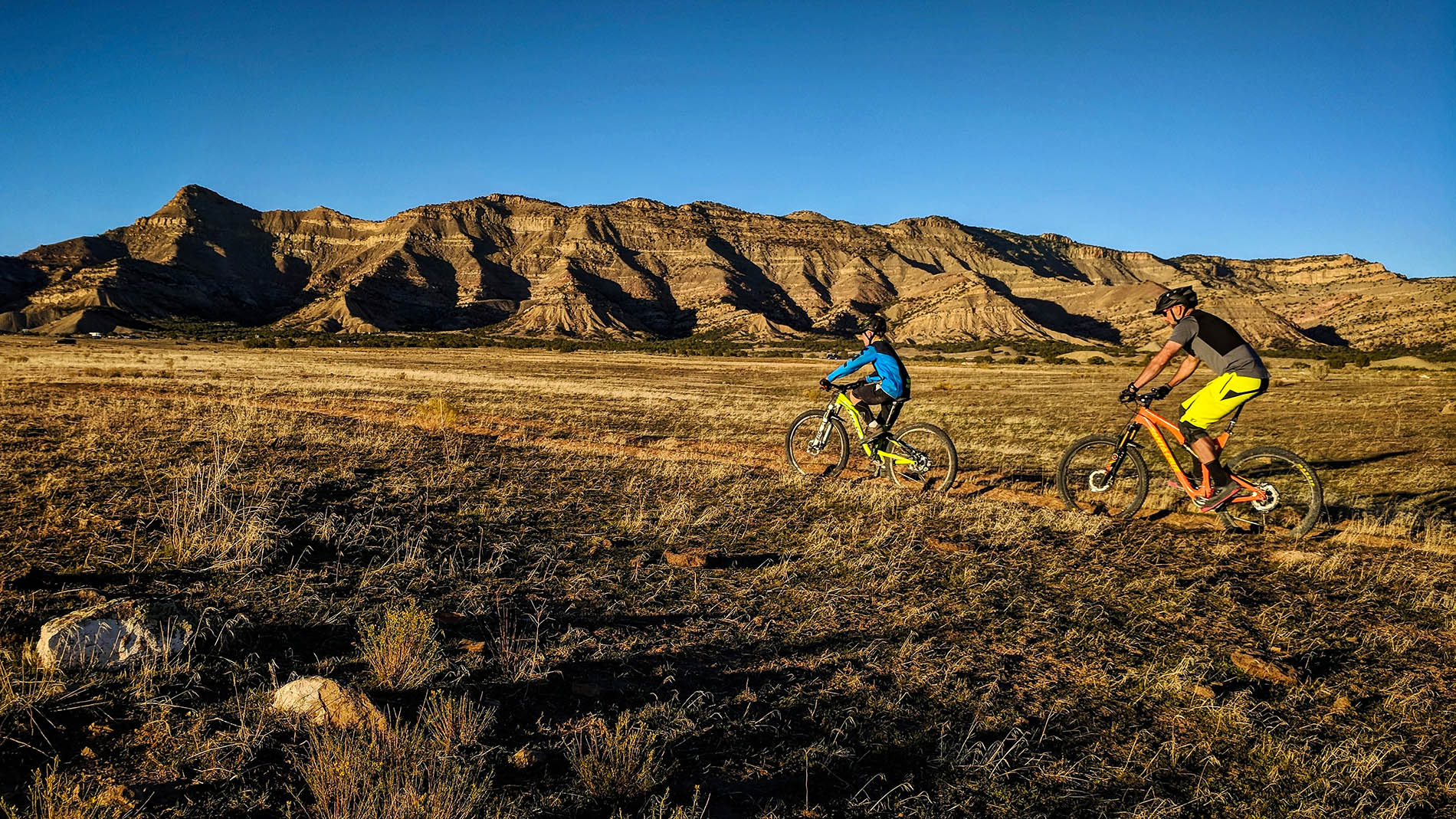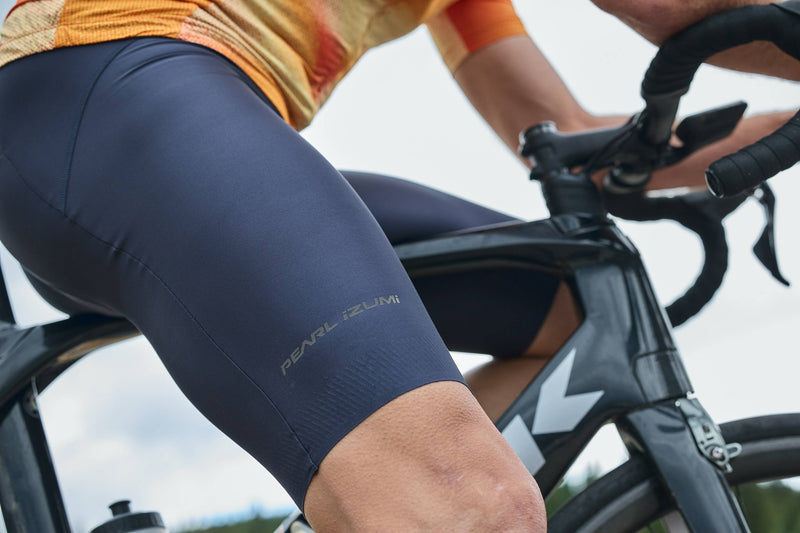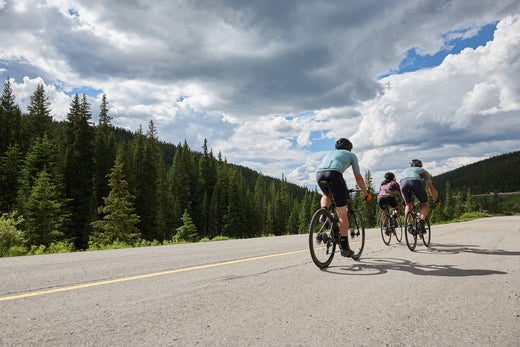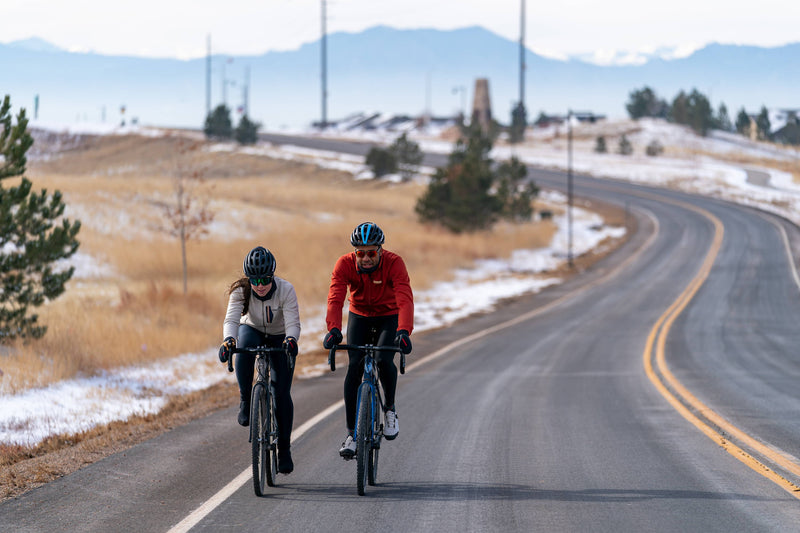Bikes are having a moment. Anyone who’s tried to order parts, much less buy a new bike recently knows we’re in the midst of a bike boom. For a variety of reasons, this means more new riders are hitting the trails. If you’re among the beginning mountain bikers out there it can be tough to know where to start and what resources to trust. I’m here to offer an alternative opinion to a few common myths we tell beginner mountain bikers, and hopefully help new riders enjoy our awesome sport without ending up in a YouTube crash reel.
1. Learn to ride on a hardtail.
Riding a mountain bike the first few times can be uncomfortable. Not only can novice riders feel nervousness or even fear, but learning to ride comes with strange, new physical sensations that experienced riders no longer notice. One of those is how jarring riding a hardtail can feel to a beginner. The bike is harsh and bouncy, always slamming the rider in the crotch because they haven’t learn how to absorb the impact. While I’ve heard all the arguments about what a hardtail can teach a new rider, I think that idea puts the cart before the horse. The purpose of those first few rides is to hook new riders, to get them excited about the sport and for that to happen, enjoying the experience is key.
A full suspension bike provides the smoothest introduction to technical riding with the aid of: increased traction, more stability and control, and less rider impact when going over bumps. So whether you decide to cut your teeth on a hardtail or a full-squish, maybe now you’ll be armed with a little more info going into that decision.

2. Don’t use your front brake.
Using just the rear brake to stop or reduce speed is a technique, but perhaps one that should be eased into and practiced on low-consequence terrain. The front brake provides a lot more of the stopping power and control that you need to slow down safely. Aggressive rear braking is used to achieve a “skid” but can result in wholesale loss of traction (for the inexperienced) that can cause a significant wipeout. Of course, slamming on the front brake can also result in a dreaded “over the bars” crash. So let’s take a big step back. First, the rider should know how to use the levers correctly and how to use the proper body position while braking. When you’re first starting out, get to know your brakes’ responsiveness by frequently tapping the brakes to check your speed—that way you won’t brake too abruptly and catapult into an endo.

3. Real mountain bikers only use clipless pedals.
Times are starting to change, but there are still a surprising number of mountain bikers who think flat pedals have no place in the sport. This is odd, considering many of the best riders in the world use flats, including professional downhill racers, trials riders, and many of the insanely skilled shredders seen blazing down black-diamond trails everywhere. Here’s the real story: clipless pedals are no problem once riders have skills and confidence, but they can be a disaster for newbies.
Those first entering the sport may benefit more from learning to mountain bike on flats, even if they know how to use a clipless system from riding road bikes. Beginners learning to ride on trails often have slower reaction times, and the added nanosecond it takes to unclip to put a foot down could be the difference between avoiding a crash or high-siding it off the trail. Learning to ride on flat pedals can also prevent many bad habits, plus provide real skills to take forward into whatever pedal system the rider chooses to ride later on. So once you feel like you’ve found some flow on your backyard trails, then add in the extra variable of a clipless system. In the meantime, invest in a set of real flat pedals with pins (not those worthless plastic ones that come stock with the some bikes). Sticky-rubber mountain bike shoes will complete the setup and help take your riding to the next level.
4. Just learn by riding.
New riders can make huge improvements in their skills by getting instruction, bypass a bunch of dumb crashes, and prevent bad habits that many might pick up by “just riding.” Every sport has lessons and coaching, whether it’s team-oriented like football or basketball, or individually focused like skiing, golfing or swimming. Even runners get coaching to improve their stride. Why wouldn’t a technically-demanding sport like mountain biking try to bring beginners quickly up to speed through lessons? Not only will they improve more quickly, but getting more formalized lessons and attending clinics can arm newer riders with more confidence.

5. It’s okay to learn on a hand-me-down or cheap bike.
While the argument for this might be to save money, or allow a new rider to try out the sport before fully investing in a bike, learning a technical sport on subpar equipment might actually turn the rider off more. Think of all the downsides of riding a bike that’s not properly sized, or learning to mountain bike with cantilever brakes—doesn’t sound too appealing, does it? Testing out a demo bike or legit rental for a few days shouldn’t break the bank and can give new riders an accurate experience of what may be available to them on the market. Riding an appropriately-sized, up-to-date bike goes back to that idea of having a positive first experience. If as a new rider you find yourself hooked, figure out what is a reasonable budget for yourself and then weigh new and used bike options. The flip side of this is also true — no one needs a $7,000 bike to learn to ride. There’s plenty of middle ground out there.

6. Mountain biking is more dangerous than road riding.
Anyone who espouses this idea must have the pleasure of living in a place with very little car traffic. Because many trails are closed to motor vehicles, the likelihood of getting struck (and possibly killed) by someone texting and driving while mountain biking are slim to none. Chances are, most riders know a road-biking friend who has been hit by a car, if they haven’t been hit themselves. And while trail riding is inherently centered around riding technical terrain—and thus risk comes with the territory—the fact that someone in a car can kill you trumps even a serious injury that might occur while mountain biking. And, of course, it’s important to constantly check in with yourself when you’re pushing the limits of what you’re comfortable with—accidents or miscalculations can happen, but riders always have the option of setting their own boundaries.
7. Being a mountain biker is about pushing the limits.
While adrenaline-inducing athletic displays may be inspiring at best—and at the least, quality entertainment—let’s get real. New riders have no such aspirations, and most riders are comfortable tapping out on intermediate-to-advanced terrain. Whatever level you aspire to, this sport has room for every kind of rider, no matter your goals. If you simply want to escape the office and the computer screen with a nice pedal on easy trails, I can’t think of any better reason to ride. The fewer angry rats in the race, the better.
There are no hard and fast rules of the sport, and the above points are just some food for thought to get you rolling. Remember when you’re new to the riding trails, it’s all about having a positive experience.
If your first few rides are an amazing experience, chances are good that you too will become hooked by the beauty of mountain biking.

